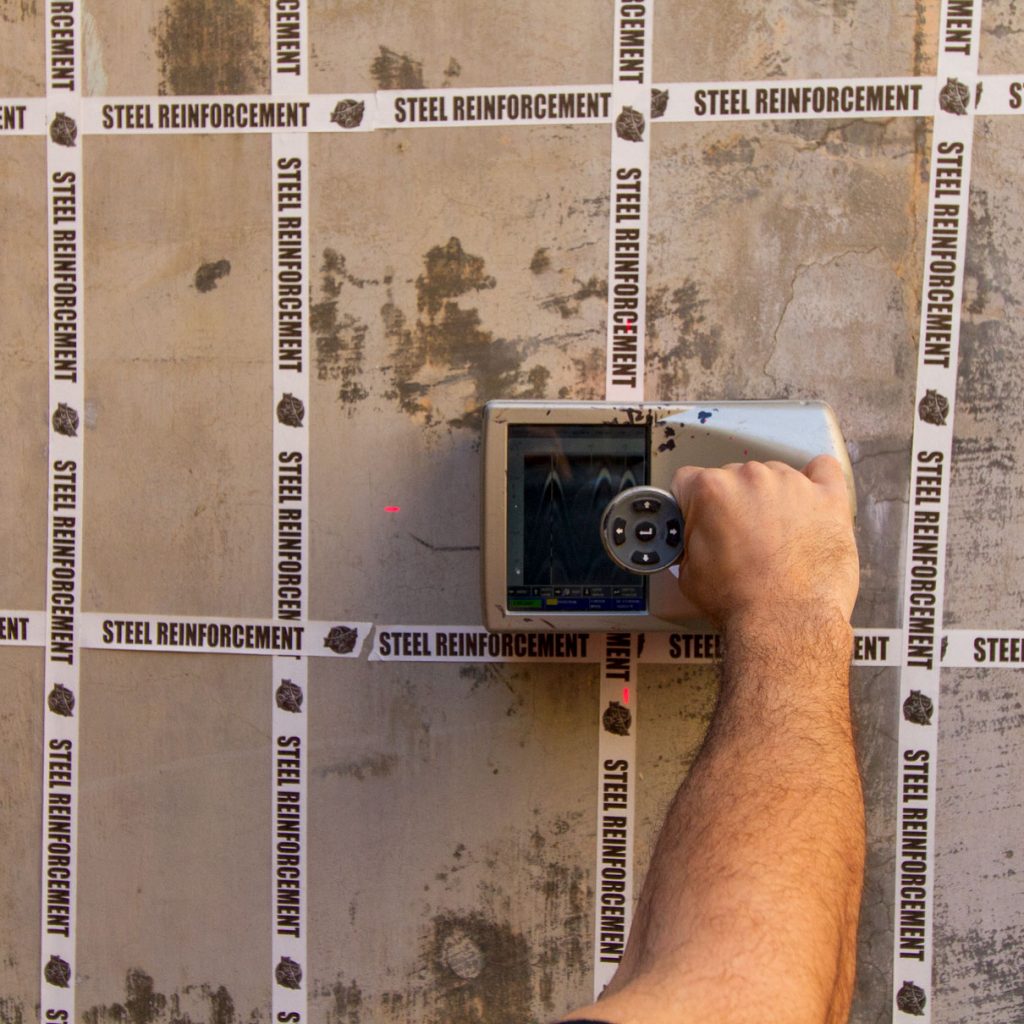Efficient Concrete Scanning Techniques for Construction Jobs
Efficient Concrete Scanning Techniques for Construction Jobs
Blog Article
Past the Surface Area: Leveraging Advanced Concrete Scanning Techniques for Unmatched Accuracy and Understanding
In the world of construction and facilities upkeep, the pursuit for precision and thoroughness is endless. Advanced concrete scanning strategies have actually arised as crucial devices in this search, providing a glance underneath the surface area to unveil a globe of vital insights. By taking advantage of innovative modern technologies, experts can discover anomalies, assess the condition of concrete structures, and make informed choices that form the course of jobs. The effects of these strategies expand much past plain surface-level assessments, promising a deepness of precision and understanding that is unparalleled.
Significance of Advanced Concrete Scanning
The significance of making use of innovative concrete scanning methods exists in the unrivaled precision they provide for identifying sub-surface abnormalities and making sure structural stability. By utilizing sophisticated innovations such as ground-penetrating radar (GPR), electromagnetic induction, and progressed finder imaging, building experts can dive below the surface of concrete frameworks with a level of precision that far exceeds conventional inspection approaches. Concrete Scanning. These strategies make it possible for the recognition of covert threats like rebar rust, voids, conduits, or post-tension wires that can jeopardize the stability and security of a framework with time
Moreover, advanced concrete scanning provides very useful insights right into the general condition of a concrete aspect without the need for intrusive procedures, reducing the threat of causing damages during the assessment procedure. The capacity to identify the specific location and depth of possible issues permits for targeted repairs and maintenance, eventually extending the lifespan of the framework and maximizing its performance. Basically, the value of innovative concrete scanning can not be overstated in the world of building and facilities maintenance, where accuracy and integrity are paramount.
Kinds of Cutting-Edge Technologies

Abnormalities and Issue Detection

In enhancement to GPR, concrete scanning methods like thermography and impact-echo screening are likewise reliable in discovering flaws and anomalies. By leveraging these advanced techniques, specialists can proactively deal with architectural issues, ensuring the long life and safety of concrete structures.
Assessing Concrete Problem
Just how can designers accurately evaluate the condition of concrete structures to guarantee their long life and security? Assessing the concrete problem is a critical facet of keeping framework honesty. Different sophisticated concrete scanning techniques are utilized for this purpose. Ground-penetrating radar (GPR) is frequently made use of to analyze the internal structure of concrete, finding voids, fractures, and various other anomalies that might compromise its toughness. In addition, impact-echo screening can provide insights right into the thickness and stability of concrete elements. Ultrasonic pulse velocity screening is another important method for evaluating concrete quality by determining the rate of acoustic waves with the material.
Moreover, visual assessment remains a basic component of concrete condition evaluation. Designers visually analyze the surface for indicators of wear and tear, such as spalling, breaking, or staining. Combining non-destructive screening approaches with visual evaluations permits a thorough examination of concrete problem, making it possible for engineers to identify potential concerns early on and carry out prompt upkeep or fixings. By leveraging these sophisticated strategies, engineers can make sure the lasting toughness and safety of concrete frameworks.
Enhancing Decision-Making Processes
In the world of infrastructure administration, enhancing decision-making procedures is imperative for making certain the effective upkeep and long life of concrete structures. Boosted decision-making procedures in concrete administration entail making use of sophisticated scanning techniques to collect detailed data on the condition of frameworks. By leveraging modern technologies such as ground-penetrating radar and 3D imaging, stakeholders can make enlightened choices relating to replacement, support, or repair work methods.
These advanced scanning strategies offer vital insights into the inner make-up of concrete, identifying prospective problems such as spaces, splits, or deterioration that may not show up externally. This degree of in-depth details allows for positive maintenance planning, reducing my latest blog post the threat of structural failings and boosting the overall life-span of concrete frameworks.
Moreover, by including electronic documentation and evaluation tools right into the decision-making process, stakeholders can track the development of concrete conditions in time, making it possible for predictive maintenance approaches and optimizing source allocation. Eventually, the combination of advanced concrete scanning strategies improves decision-making procedures by providing unequaled accuracy, understanding, and performance in framework management.
Verdict
In verdict, progressed concrete scanning strategies offer unequaled precision and understanding in spotting abnormalities, flaws, and assessing the problem of concrete frameworks. By leveraging advanced modern technologies, decision-making processes can be boosted, leading to even more effective and educated solutions for preserving and repairing try this concrete facilities. These strategies play a crucial function in making sure the security and durability of concrete frameworks, making them a vital device in the area of building and design.
Moreover, advanced concrete scanning supplies invaluable understandings into the total condition of a concrete aspect without the requirement for invasive procedures, lessening the danger of causing damages throughout the evaluation process - Concrete Scanning. Another ingenious technology is 3D X-ray scanning, which gives comprehensive pictures of the interior structure of concrete, offering important information without the requirement for harmful screening. Furthermore, Concrete Cover Meters are utilized to gauge the density of concrete cover over support bars precisely. Boosted decision-making processes in concrete monitoring involve using innovative scanning strategies to gather in-depth information on the condition of structures.In conclusion, advanced concrete scanning strategies provide unequaled precision and insight in detecting anomalies, flaws, and examining the problem of concrete structures
Report this page